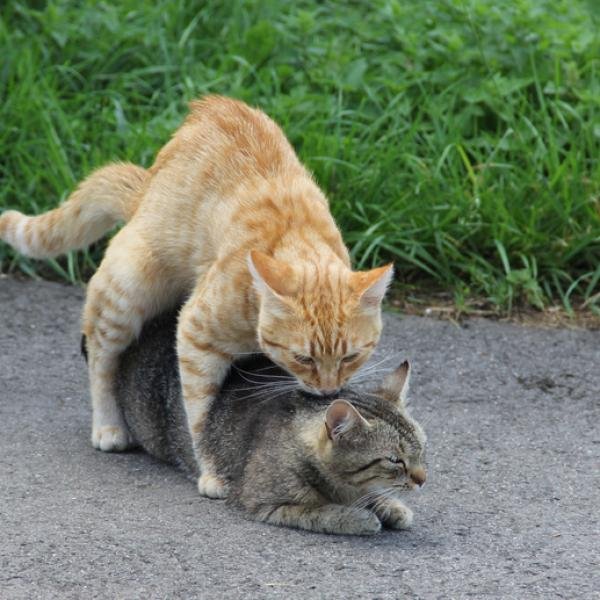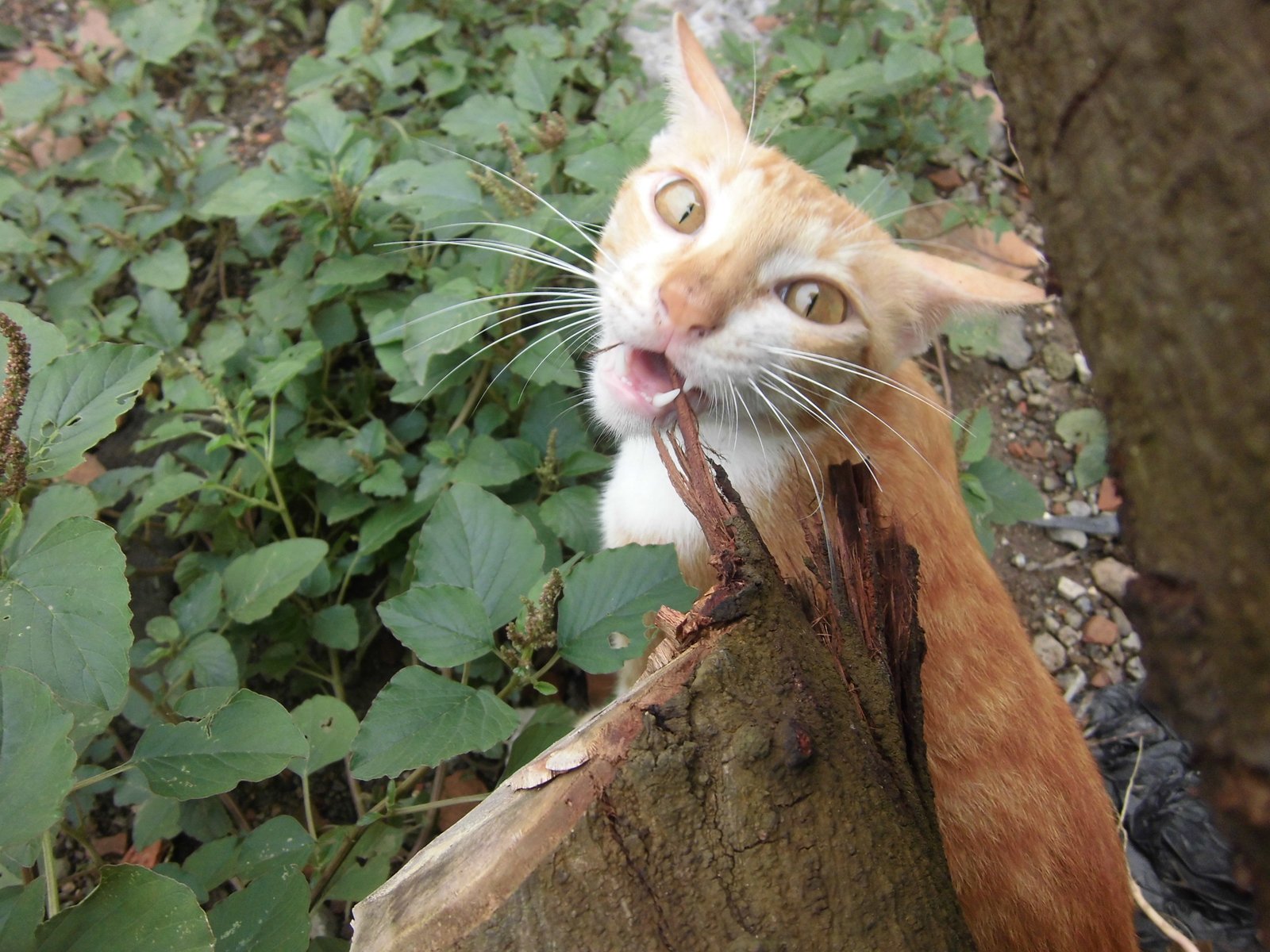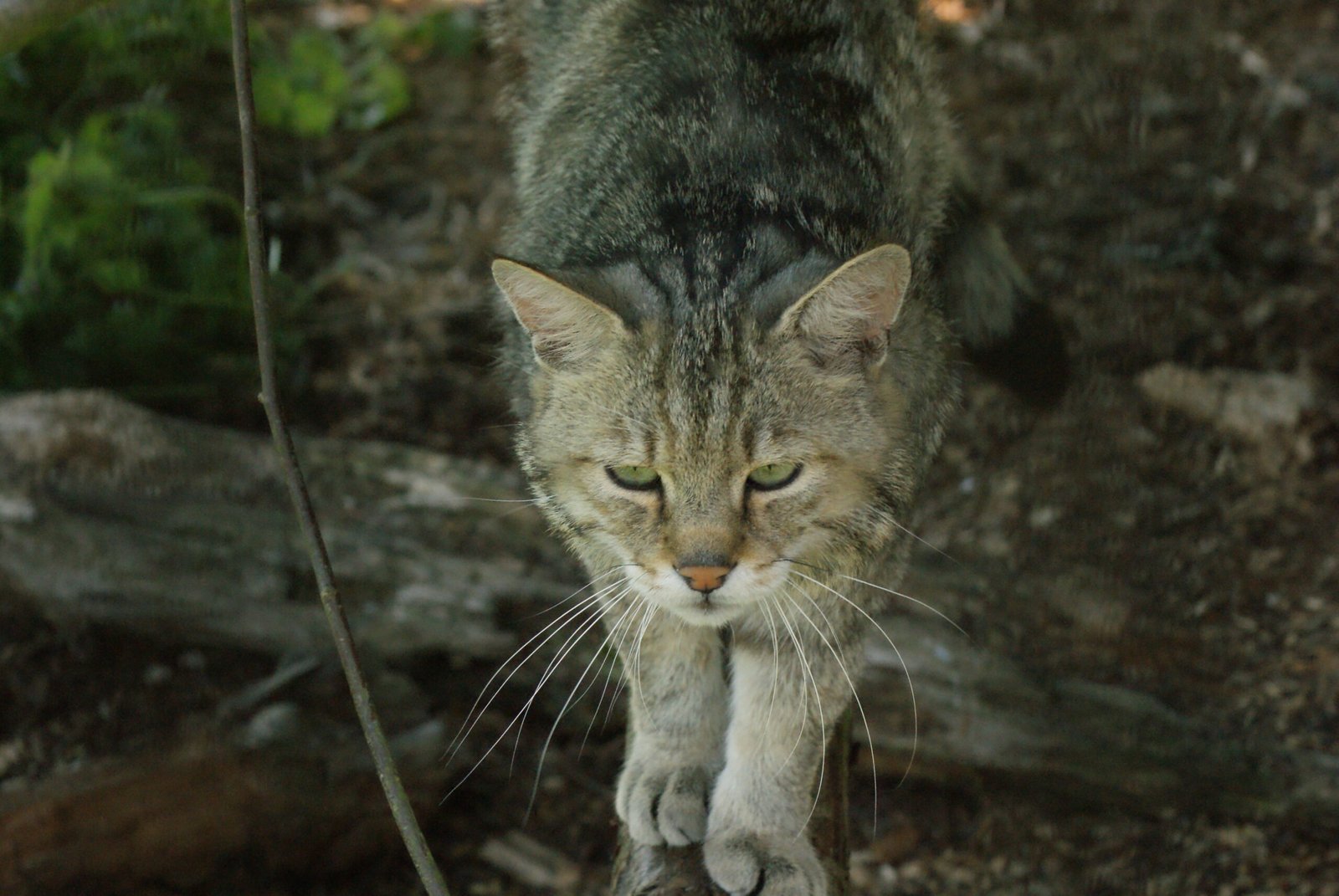Imagine if every day, your home felt like a safe haven—no surprises, no stress, just pure comfort. That’s exactly what our beloved cats crave, often even more than we realize. A home that feels emotionally predictable isn’t just a luxury for our feline friends; it’s essential for their happiness and well-being. Cats are creatures of habit, and when their world feels stable, their true personalities shine. Let’s explore how to turn your living space into a sanctuary that soothes your cat’s soul and keeps those adorable purrs coming.
Understanding a Cat’s Emotional World

Cats may seem mysterious, but their emotions are deeply influenced by their environment. Unlike dogs, who thrive on social interaction and excitement, cats often prefer routine and predictability. When something in their world changes suddenly, it can send them into a spiral of anxiety. Recognizing that your cat feels safest when life is predictable is the first step toward creating a comforting home. Their emotional health is tied to their sense of security, so even the smallest disruptions can make a big difference. Just like people, cats can become stressed, withdrawn, or even physically ill if they feel unsafe. By appreciating your cat’s need for emotional stability, you’ll be better equipped to meet their needs. Imagine a world where your cat knows exactly what to expect each day—peaceful, right?
The Importance of Consistent Routines

Routines are the backbone of a cat’s emotional stability. When meals, playtime, and cuddles happen at regular intervals, your cat learns to anticipate the good things in life. This predictability makes them feel secure and reduces anxiety. Think about how you feel when your own schedule is thrown off—it’s disorienting! For cats, even small changes like late feeding or missed play sessions can create confusion and stress. Sticking to a daily rhythm builds trust between you and your cat, making them more relaxed overall. If you have a busy life, setting alarms or reminders can help keep your cat’s routine on track. Remember, a predictable schedule is a simple yet powerful way to show your cat you care.
Providing Safe Spaces

Safe spaces are like cozy hideouts where your cat can retreat whenever the world feels overwhelming. These can be as simple as a cardboard box, a soft bed in a quiet corner, or a perch high up on a shelf. Cats instinctively seek out these spots when they need a break, so having several options around your home is important. If you have children or other pets, make sure your cat’s safe spaces are off-limits to others. Adding blankets or your cat’s favorite toys can make these areas even more inviting. Over time, your cat will associate these spots with comfort and calm. Just like we need a quiet place to recharge, cats rely on their safe spaces to manage their emotions.
Minimizing Sudden Changes

Cats are not fans of surprise parties or unexpected visitors. Sudden changes in their environment—like new furniture, loud noises, or a different scent—can trigger stress. Whenever possible, introduce changes gradually. If you need to rearrange furniture, do it step by step and let your cat explore each change at their own pace. If you’re bringing home a new pet or family member, give your cat time to adjust by keeping introductions slow and positive. Even small changes, like swapping out their favorite blanket, should be done with care. The goal is to make any transition as gentle as possible, so your cat feels in control. A predictable environment means fewer surprises and a happier cat.
Familiar Scents and Comfort Items

A cat’s sense of smell is incredibly powerful, and familiar scents can have a calming effect. Items that smell like you, such as worn T-shirts, or objects that carry your cat’s scent, like their bedding or toys, create a sense of belonging. When washing your cat’s bedding, try to rotate items so that something always smells familiar. During stressful times, such as moving or having guests over, placing these comfort items in your cat’s favorite spots can help them feel more secure. Scent is a silent language for cats, telling them everything is okay. By surrounding your cat with familiar smells, you’re sending a constant message of reassurance.
Predictable Feeding Times

Feeding time is one of the highlights of your cat’s day, and keeping it consistent is crucial. Cats thrive on knowing when their next meal will appear. Varying feeding times can make them anxious or even lead to behavioral issues like begging or over-grooming. Set a schedule and stick to it, whether it’s twice a day or more frequent small meals. Using an automatic feeder can help if your schedule is unpredictable. If you need to change your cat’s feeding routine, do it gradually so they have time to adjust. Remember, predictability at mealtime is more than convenience—it’s an act of love.
Gentle Handling and Respecting Boundaries

Some cats love snuggles, while others prefer affection on their own terms. Learning your cat’s preferences and respecting their boundaries is key to building trust. Always approach your cat slowly, especially if they’re resting or in a safe space. Avoid forcing interactions, as this can lead to fear or aggression. Encourage gentle petting and let your cat decide how much attention they want. Watch for signs that your cat needs a break, like twitching tails or flattened ears. By honoring their boundaries, you’re showing that your home is a place where they are safe and respected.
Keeping Noise Levels Comfortable

Cats have sensitive hearing, and loud noises can be startling or even frightening. Try to keep your home’s noise level steady and avoid abrupt, loud sounds. If you have a busy household, provide your cat with quiet retreats where they can escape the chaos. Soft background music or white noise can help mask sudden sounds from outside. During thunderstorms or fireworks, comfort your cat with soothing words and their favorite comfort items. Being mindful of noise helps create an environment where your cat can relax and feel secure.
Enrichment Without Overstimulation

Mental stimulation is important for cats, but too much excitement at once can be overwhelming. Offer a variety of toys, scratching posts, and puzzle feeders, but rotate them to keep things fresh without being chaotic. Interactive play is essential, but keep sessions short and positive, ending before your cat gets tired or frustrated. Provide opportunities for solo play, so your cat can engage on their own terms. Enrichment should be predictable—think of it as a daily treat rather than a surprise party. A balanced approach keeps your cat engaged without adding stress.
Consistent Litter Box Placement

The location of your cat’s litter box may seem trivial, but to your cat, consistency is everything. Moving the litter box or switching types can be stressful and lead to accidents outside the box. Keep the litter box in a quiet, accessible place and clean it regularly at the same time each day. If you must move the box, do it gradually—just a few inches at a time—so your cat can adjust. Avoid placing the litter box near noisy appliances or in high-traffic areas. A predictable litter box setup makes your cat feel confident and reduces unwanted behaviors.
Gradually Introducing New People or Pets

Meeting new faces can be daunting for cats, especially if they’re shy or territorial. Introduce new people or pets slowly, allowing your cat to observe from a distance before making contact. Use treats and positive reinforcement to create pleasant associations with newcomers. Give your cat plenty of escape routes and safe spaces during introductions. Don’t force interactions—let your cat set the pace. Over time, your cat will learn that new experiences aren’t always scary, especially when handled gently and predictably.
Maintaining Clutter-Free Zones

A cluttered environment can be confusing and stressful for cats, making it hard to find safe pathways or favorite spots. Keep your cat’s living areas tidy and free from unnecessary obstacles. Regularly clear floors, shelves, and window sills where your cat likes to lounge. If you redecorate, introduce new items slowly and let your cat explore at their own pace. A clean, organized space helps your cat feel more in control and less anxious about sudden changes.
Windows and Perches for Predictable Views

Cats love to watch the world go by, and a window perch can become their favorite spot. Choose a window with a consistent, predictable view—like a quiet garden or a tree with birds. Avoid windows facing noisy streets or areas with a lot of unpredictable activity. Keep furniture and perches in the same place so your cat always knows where to find their favorite lookout. Watching the outside world from a safe, familiar spot is both calming and entertaining for your cat.
Using Calming Products Wisely

There are many products on the market designed to help cats feel calm, such as pheromone diffusers, sprays, or calming collars. Use these products in your cat’s favorite areas, especially during times of change or stress. Always introduce new products gradually and observe your cat’s reaction. Calming aids are most effective when used as part of a predictable routine, not as a quick fix. Remember, the goal is to support your cat’s emotional health, not to mask underlying issues.
Monitoring Health and Behavior Regularly

Cats often hide signs of illness or distress, so regular health checks are essential. Watch for changes in eating, grooming, or litter box habits, as these can signal stress or medical problems. Schedule vet visits at consistent intervals, and try to keep the process as calm as possible. If you notice any sudden changes in behavior, address them promptly to prevent long-term issues. A healthy cat is a happy, predictable cat.
Giving Predictable Attention and Affection

Cats appreciate knowing when they’ll get your attention. Set aside regular times each day for cuddles, play, or grooming. This predictability helps your cat feel loved and secure. Be consistent with your tone of voice and gestures, so your cat knows what to expect from you. If you’re busy, even a few minutes of focused attention can make a big difference. Predictable affection builds a strong bond and reassures your cat that they are a valued member of the family.
Respecting Alone Time

While some cats are social butterflies, others need plenty of alone time to recharge. Make sure your cat has opportunities to retreat and be alone when they want. Avoid disturbing your cat when they’re resting in a safe space or showing signs of wanting solitude. Letting your cat control their social interactions helps them feel safe and in control. Alone time isn’t a sign of unhappiness—it’s a natural part of a cat’s routine.
Encouraging Gentle Exploration

Exploring the environment is a natural behavior for cats, but too many new things at once can be overwhelming. Encourage gentle exploration by introducing new items or areas slowly. Place treats or toys near new objects to create positive associations. Allow your cat to investigate at their own pace, and always provide an escape route if they feel nervous. Gradual exploration builds your cat’s confidence without causing stress.
Building Trust Through Predictable Reactions

Consistency in your reactions is crucial for building trust with your cat. If you respond to their actions the same way each time—whether it’s praise, a gentle “no,” or offering comfort—your cat learns what to expect. Avoid sudden outbursts or inconsistent discipline, as this can create confusion and fear. Trust grows when your cat knows that your behavior is as predictable as their environment. Over time, this trust leads to a deeper, more rewarding relationship.
Celebrating Small Successes

Creating an emotionally predictable home for your cat is a journey, not a destination. Celebrate the small successes along the way—like your cat exploring a new perch or greeting a visitor calmly. These moments are signs that your efforts are making a difference. Keep reinforcing positive behaviors and maintaining routines. Remember, every step you take towards predictability is a step towards a happier, healthier cat.
Hi, I’m Bola, a passionate writer and creative strategist with a knack for crafting compelling content that educates, inspires, and connects. Over the years, I’ve honed my skills across various writing fields, including content creation, copywriting, online course development, and video scriptwriting.
When I’m not at my desk, you’ll find me exploring new ideas, reading books, or brainstorming creative ways to solve challenges. I believe that words have the power to transform, and I’m here to help you leverage that power for success.
Thanks for stopping by, Keep coming to this website to checkout new articles form me. You’d always love it!






